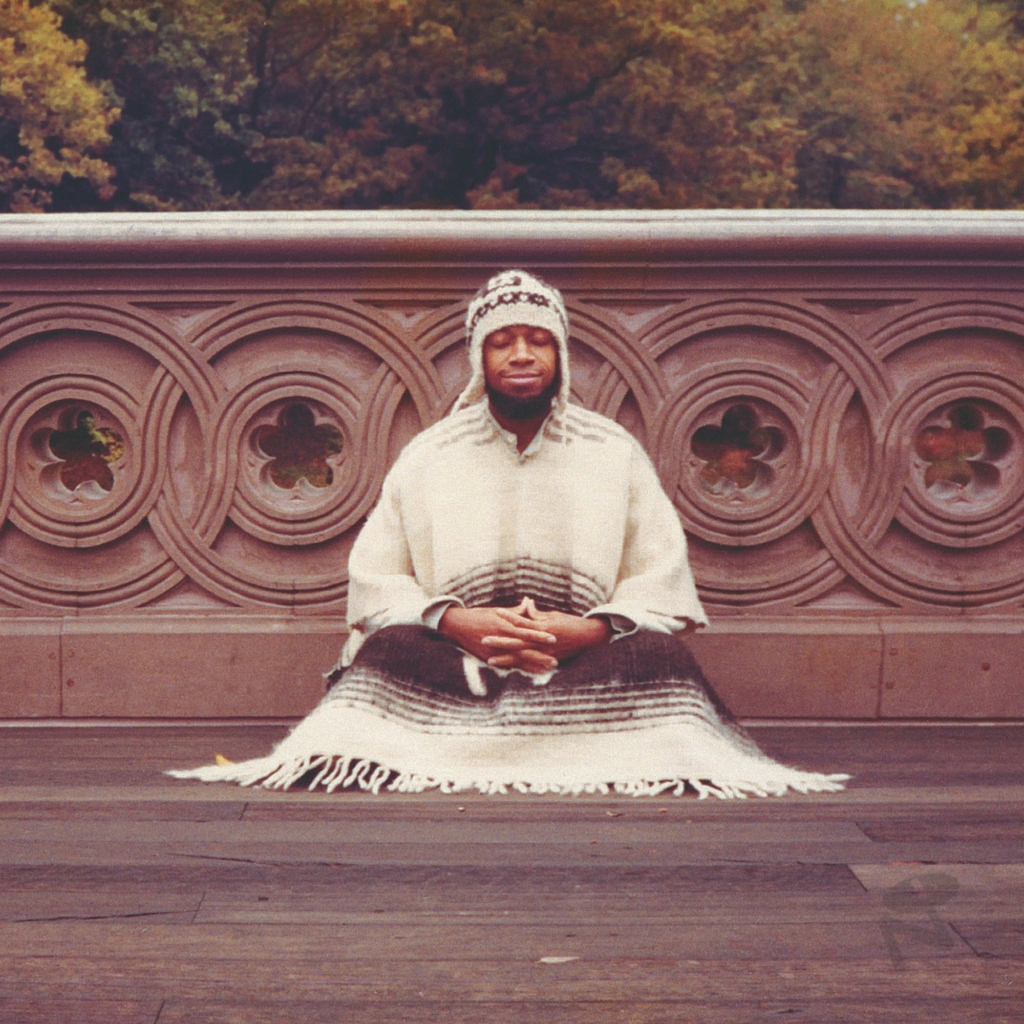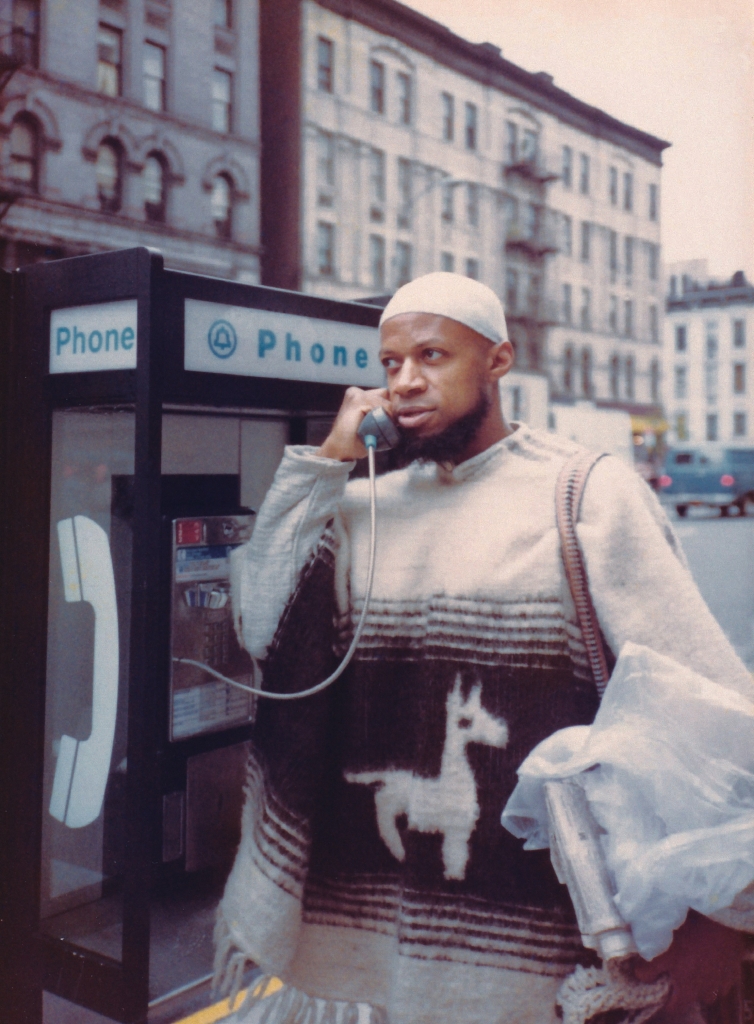Laraaji
Segue To Infinity (Numero Group)
Contact Sam McAllister about Laraaji
This Friday, new age visionary, mystic, and multi-instrumental sound artist Laraaji will release Segue to Infinity, a 4-LP boxed set containing his earliest-known recordings, via Numero Group. Today, Laraaji unveils Segue to Infinity’s final single, “Kalimba.” “Kalimba” follows Segue To Infinity’s “gargantuan” (NPR Music) lead single “Ocean” and the previously-unreleased “Koto,” which “ushers you into rarefied, hall-of-mirrors realms, helping you to segue to infinity with ease” (The Stranger). The kalimba, widely regarded as a traditional instrument with connection to Africa, achieved popularity in the West due in large part to artists like Taj Mahal and Maurice White (of Earth Wind & Fire). Laraaji’s “Kalimba” is one of three takes entitled “Kalimba” on Segue To Infinity, utilizing rhythmic echoes and metallic percussive resonances that sometimes tip into dissonance to represent a dogged pursuit of beauty and bliss.
Laraaji arguably remains the most respected and popular of all legacy musicians to return to prominence in the new age music revival of the past 15 years.
Born Edward Larry Gordon in Philadelphia in 1943, Laraaji primarily grew up in Perth Amboy, New Jersey, where music was a constant presence, and 2nd Baptist church attendance was a weekly feature of family life for him and his two brothers. He studied composition and piano on scholarship at Howard University where he collaborated with Larry Mizell and Marvin Gaye. By the mid-1960s, Laraaji was hosting shows at the legendary Apollo Theater in Harlem, and he was a fixture in the coffeehouse folk scene in the West Village.
Beginning with Celestial Vibration, Laraaji’s 1978 debut and the only album he recorded under his birth name, Segue To Infinity goes on to showcase three full discs of previously-unreleased, trance-inducing tracks from the same time period. Recorded during or shortly after the sessions for Celestial Vibration, these six side-length tracks were entirely forgotten about until just a few years ago when the acetates were discovered in a storage locker, sold at auction, purchased by a reseller at a flea market, and then ultimately sold on eBay in mid-2021 to a college student for $114.01.
With recordings collected from the late 1970s–before Laraaji was famously discovered by Brian Eno–alongside never-before-seen photos of a young Laraaji and liner notes by legendary Living Colour guitarist Vernon Reid and Numero Group A&R, Douglas Mcgowan (Hearing Music, I Am The Center), Segue To Infinity is the most remarkable collection of Laraaji’s early work to date.

